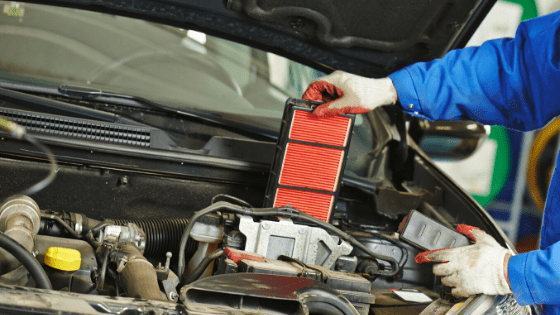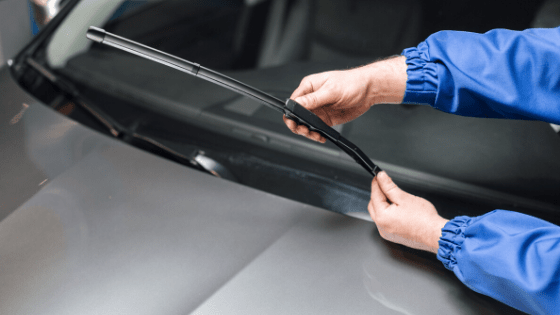About us
Welcome to Motor Matcher! A faster, simpler way to compare, buy and sell cars online.
In many ways, taking care of your car is like taking care of your health. You need to practice regular check-ups to prevent more serious issues developing. While you can’t avoid every emergency, there are lots of measures you can take to keep your car in good shape. Prevention is always better than cure.
Cars are a never-ending expense. What you pay at the dealership is nothing compared to what you’ll spend on insurance, gas and accessories down the line. We often forget to factor in the cost of car maintenance in our monthly budget. Most need regular servicing, especially if they are driven daily. Unfortunately, trips to the mechanic don’t come cheap. A standard service at a garage can set you back up to $550. So, what’s the alternative? Luckily, there are many repairs and maintenance checks you can do yourself. All you need are some simple tools, parts and knowledge to avoid burning another whole in your wallet.
At Motor Matcher, we understand the importance of keeping your car healthy. That’s why we’ve come up with 4 easy DIY car repairs that you can do from the comfort of your own home.

Tools: none
Duration: 10 minutes
Estimated cost: $10
As a general rule, you need to replace your air filter every 12 months/every 20,000km. Sure, you can pay a mechanic and give up your car for a day. But why not save time and money by doing it yourself? This is one of the easiest DIY car repairs that even a rookie can pull off.
Steps

Tools: none
Duration: 15 minutes
Estimated Cost: $10 to $20
Next on our list of DIY car repairs is windshield wiper replacement.The setup of wiper blades varies from model to model, so you’ll need your owner’s manual for this one. Aside from that, replacing your wipers isn’t much different to replacing your air filter.
Steps
![]()
Tools: Lug wrench, C-clamp, open-end/adjustable wrench, hammer
Duration: 30 minutes to an hour
Estimated cost: $40 and up (depending on your car)
While this one might seem intimidating, replacing your brake pads is a surprisingly straightforward task. Once you get the hang of it, it shouldn’t take more than an hour or so. Most importantly, you can save hundreds of dollars by doing it yourself. Winning!
Generally speaking, most brake pads will need replacing every 30,000km you drive. It’s always best to check your owner’s manual for model-specific recommendations. If you do a lot of “stop-and-go” driving (e.g. driving in traffic), you’ll likely need to change them more frequently, as this causes increased wear and tear. Remember, safety is always your top priority. While simple in its essence, changing brake pads requires more steps and technique than other DIY car repairs on our list. If at any time during the process you feel uncomfortable, wrap things up and leave it to the professionals. Changing your brake pads can be done safely at home, but no savings are worth risking your health.
Steps
![]()
Tools: open-end wrenches, rags, eye protection
Duration: 30 minutes
Estimated cost: $20
Knowing how to change your fuel filter is one of the biggest cost savers on our list of DIY car repairs. For $20, a new fuel filter can protect your engine from costly future damage. To avoid this, follow the rule of thumb and replace it annually. Keep in mind, however, that like changing brake pads, this is a more advanced job. Working with fuel can be dangerous if you’re not prepared. If you’re an amateur when it comes to cars, leave this to your trusty mechanic.
Steps
Avoid spending an arm and a leg at the garage and get your hands dirty instead. By investing in tools and parts online, you can save hundreds, even thousands, of dollars in the long term. For simple DIY car repairs, do it yourself. However, it’s also important to know your limits. So prioritise your safety, and call your mechanic when things get tricky.
When the time comes that you’ll need a new car, why not buy from us?
At Motor Matcher, we value your satisfaction when it comes to choosing your road partner. We help people like you make sound decisions when it comes to buying and selling cars online. We offer a faster and simpler way of browsing and comparing both new and used cars online.
Everything we do is modelled around providing customers with the right tools and empowering them with rich information. We offer a faster, simpler way to compare new and used cars online, creating an ideal and safe marketplace for all car buyers and sellers. Visit our website for current deals on leasing or financing.
For the best buying experience, choose www.motormatcher.com.au and let us help you find your dream car.